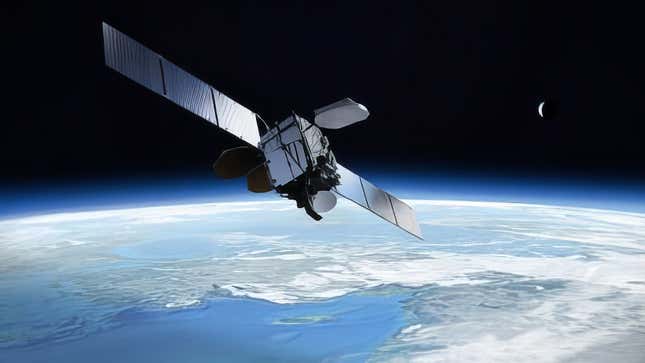
Boeing seemingly can’t catch a break between the endless problems with the 737 Max and the Starliner’s failed crewed test flight. Intelsat announced on Monday that one of its satellites, built by Boeing, broke up in geostationary orbit. Multiple organizations are tracking the debris to avoid collisions and a potential cascading catastrophe. It’s unclear why the satellite exploded into at least 20 pieces.
Intelsat first announced on Saturday that a service outage was caused by an anomaly on its Intelsat 33e satellite, impacting customers in Europe, Africa and parts of the Asia-Pacific. It soon became apparent that whatever anomaly that was, it rendered 33e a total loss. According to SpaceNews, the satellite was also uninsured. The satellite service provider released a statement reading:
Intelsat reported today that the anomaly previously disclosed on October 19 has resulted in the total loss of the Intelsat 33e satellite. We are coordinating with the satellite manufacturer, Boeing, and government agencies to analyze data and observations. A Failure Review Board has been convened to complete a comprehensive analysis of the cause of the anomaly. Since the anomaly, Intelsat has been in active dialogue with affected customers and partners. Migration and service restoration plans are well underway across the Intelsat fleet and third-party satellites.
The U.S. Space Force stated it was tracking around 20 pieces of the Intelsat 33e satellite. However, space-tracking firm ExoAnalytic Solutions is following 57 pieces of debris from the destroyed satellite. This isn’t the first time that Intelsat lost one of its Boeing satellites. The company’s 29e satellite was destroyed in 2019 after either a meteorite strike or a wiring issue. Both 29e and 33e were launched into orbit in 2016.


